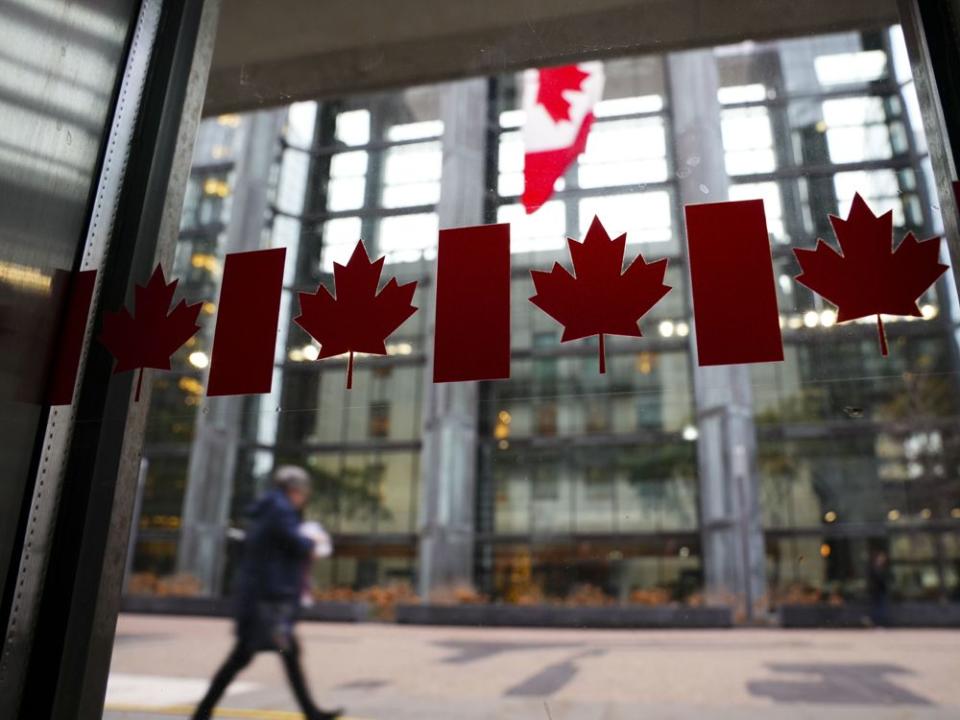Opinion: We need a Goldilocks budget and Goldilocks wage deals

By George Fallis
Two weeks ago, the Bank of Canada increased its policy interest rate by 25 basis points to 4.5 per cent, continuing its fight against inflation that rose year-on-year from about two per cent in February 2021 to just over eight per cent last June.
The Bank has been right to worry that rising inflation might set off a wage-price spiral. Workers come to expect high inflation, so they increase their wage demands; higher wages get passed forward into higher prices and inflation thus becomes a self-fulfilling prophesy. It is crucial to act aggressively so that workers do not form expectations of high future inflation.
Ideally, expectations would have remained anchored at the Bank’s target rate of two per cent. But that horse has already left the barn. Most workers’ expectations of inflation are now well above the two per cent anchor. But if CPI inflation can be down to three per cent by mid-year and two per cent in 2024, as the Bank forecasts, expectations-based wage demands will be moderated. If that happens, the Bank feels, the current 4.5 per cent may be the highest the policy rate needs to go.
The focus on managing workers’ expectations is not necessarily fair. Workers’ wage demands didn’t cause the spike in inflation. Massive fiscal and monetary pandemic stimulus did, combined with supply chain problems and the big increases in oil, natural gas, and fertilizer prices sparked by the war in Ukraine. All that may be true but, fair or not, controlling workers’ expectations is still key to avoiding a permanent wage-price spiral.
Unfortunately, it’s not just expectations that influence people’s wage demands. Past inflation also has an effect. Workers whose wages have not kept up with inflation will demand higher wages as a catch-up, no matter what they expect in terms of future inflation. These catch-up demands are now baked in. Going forward, catch-up wage agreements will bring higher wages, which will get passed forward into prices. That makes the Bank’s forecast of two per cent inflation next year seem optimistic — which means further interest rate hikes are likely.
It is not enough to simply say workers need to restrain their wage demands. As a society, we must recognize that if their catch-up demands are not met, workers will have suffered a permanent loss in lifetime income. If your wage had been matching inflation — with both rising at two per cent per year, say — but then for one year inflation hit six per cent while your wage only rose its usual two per cent, then you suffered a four per cent decline in your real income during that year: your pay is up two per cent; prices are up six per cent; your income is down four per cent in real terms.
But suppose after this one-year inflation spike that inflation returns to two per cent and that, as before your wage increase just matches inflation, as in the past. You might conclude you have suffered only a one-year drop in real income. But that’s not true. On into the future, prices are four per cent higher than they would have been. Your wage is four per cent behind forever. Your lifetime income is down four per cent in real terms. That’s a much bigger number than just a one-year four per cent hit.
Yet this is approximately what has happened in Canada. In the decade prior to the pandemic, inflation had simmered along at about two per cent per year. Wages rose at about the same rate. Then came COVID-19. As a result of the forces it unleashed, inflation took off, peaking at eight per cent but now coming down. Without catch-up, many workers will suffer a big loss of lifetime income. Policymakers need to take that into account. Surely by now we understand that if technocratic and business elites ignore the suffering of people lower down the income and social ladder, many of those people become angry and alienated.
The impression seems to have formed that the inflation crisis is now all but over. In fact, the next few years will be fraught. The Bank will probably have to raise interest rates further, although not so much as to precipitate a deep recession — a Goldilocks strategy, if it can manage that. The federal government needs to finally join the anti-inflation fight and reduce its fiscal stimulus by cutting expenditure — but not too far or too fast, i.e., with a Goldilocks budget. And businesses and workers also need to help as they negotiate contracts. Workers do need a catch-up but not so fast as to set off a wage-price spiral. Goldilocks contracts of four years with increases each year of one per cent above inflation would be a good model.
George Fallis is professor emeritus of economics and urban studies at York University.

 Yahoo Finance
Yahoo Finance 